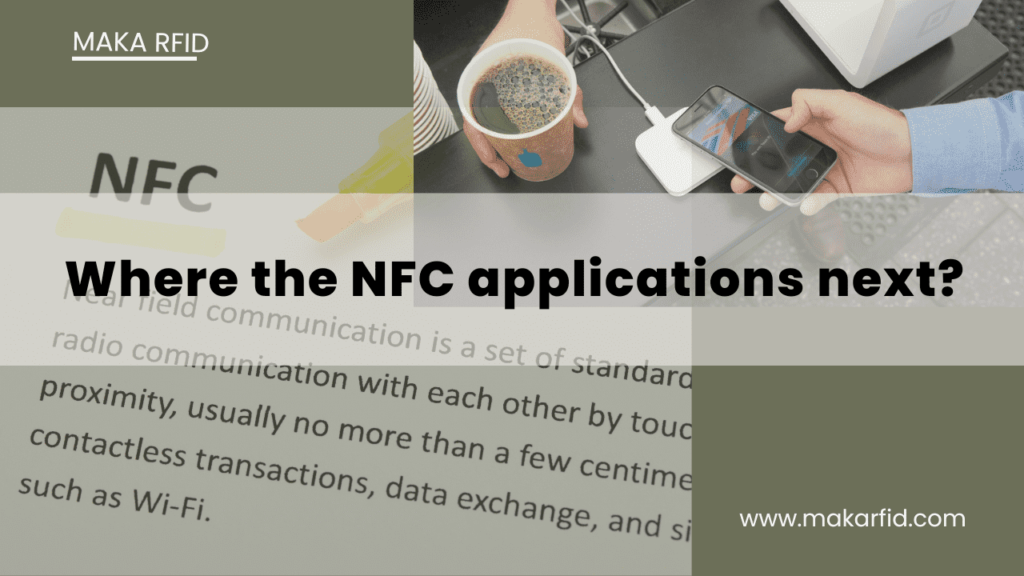Where the NFC applications next?

Where the NFC applications next? Which applications dominate the NFC market and which are growing the fastest? Among the NFC market segments, the applications in the fields of mobile payment, smart home, IoT and healthcare are all showing extensive and rapid growth trends. Among them, healthcare, smart home and IoT applications show the most prominent growth. For example, in the field of healthcare, some enterprises use NFC tags for the inventory of medical supplies and the wake-up and pairing of wearable medical devices. NFC wireless charging, which has emerged in the past two years, helps miniaturized wearable devices add NFC functionality so that they can be charged wirelessly, thus enhancing user experience and increasing functionality. Facebook LinkedIn WhatsApp With the rapid development of the Internet of Things (IoT), Near Field Communication (NFC) technology has gradually become the core of connecting IoT. From mobile payment to smart door locks, from medical devices to logis
